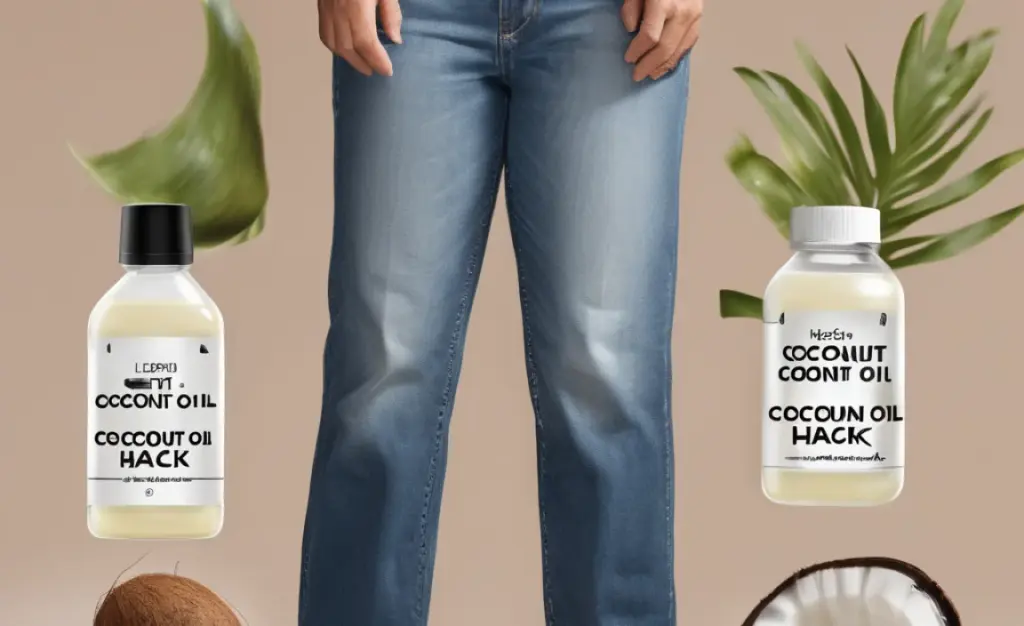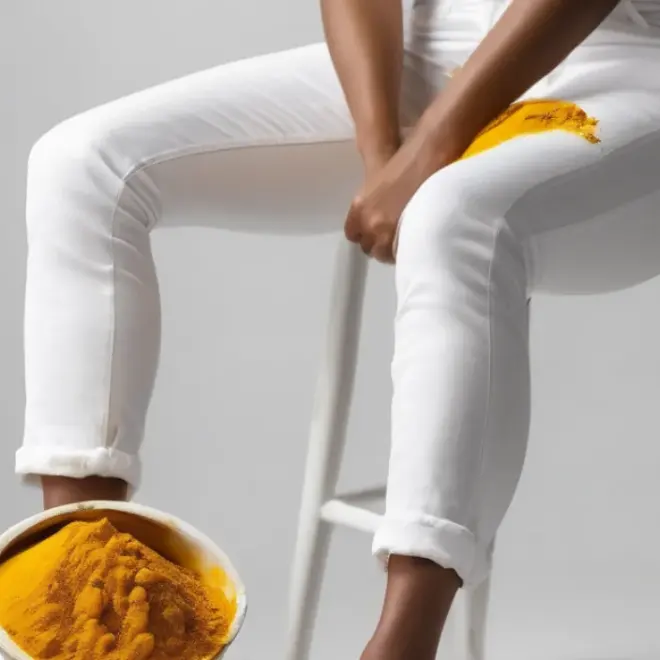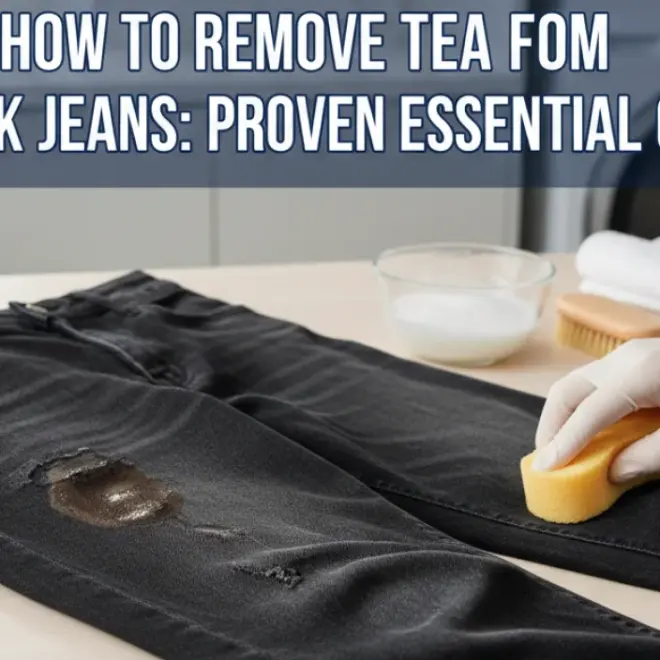Stain disaster? Don’t worry! Quickly remove coconut oil from your favorite jeans with simple household items and a few easy steps. This proven hack works, leaving your denim looking as good as new.
How To Remove Coconut Oil: Proven Jeans Hack
Coconut oil is a fantastic natural ingredient for many things, but getting it on your jeans can be a sticky situation. Whether it was from a DIY hair mask, a spill during cooking, or a skincare mishap, a visible oil stain on your favorite denim is frustrating. Fortunately, you don’t need to panic or toss those jeans just yet. I’m Paul Fiore, and I’m here to guide you through a simple, effective method to tackle these common stains. We’ll use everyday items to restore your jeans, so you can get back to enjoying them without a trace of that oily mess.
Understanding Coconut Oil Stains on Denim
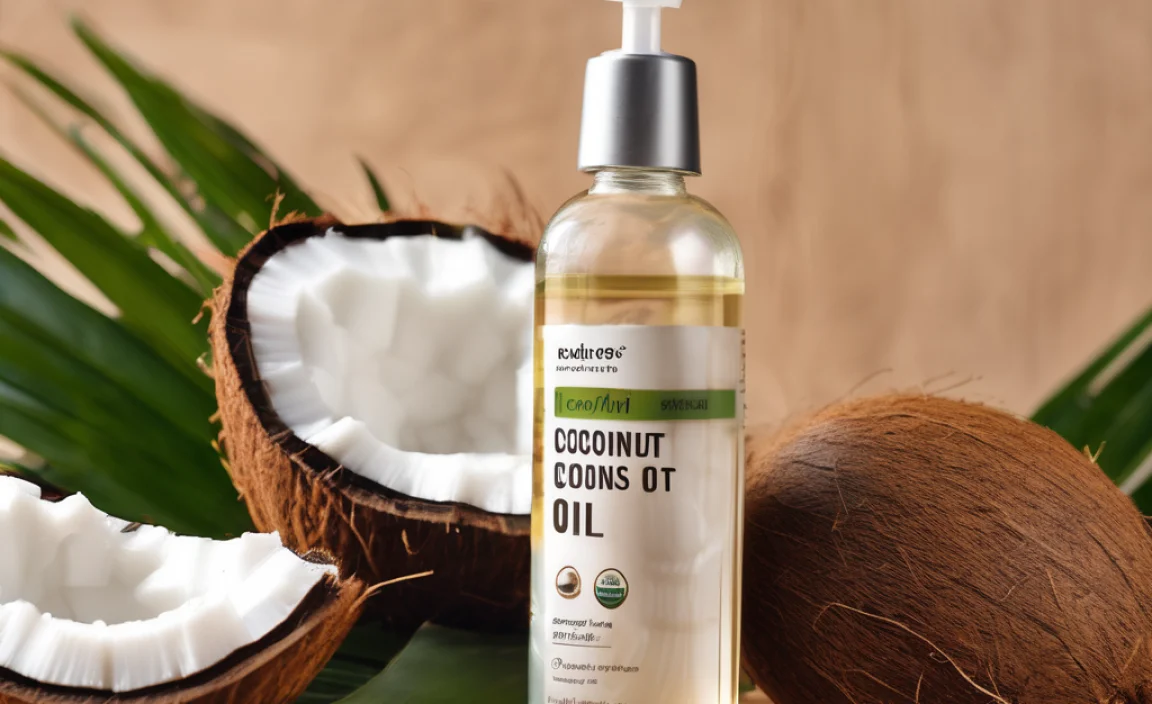
Coconut oil, like other oils, can be tricky to remove because it doesn’t dissolve easily in water. When it soaks into the fibers of your jeans, it can leave a noticeable, often darker, patch. This is especially true for lighter wash jeans, where the contrast is more apparent. The key to success is treating the stain promptly and using the right techniques to break down the oil without damaging the fabric.
Why Prompt Treatment is Key
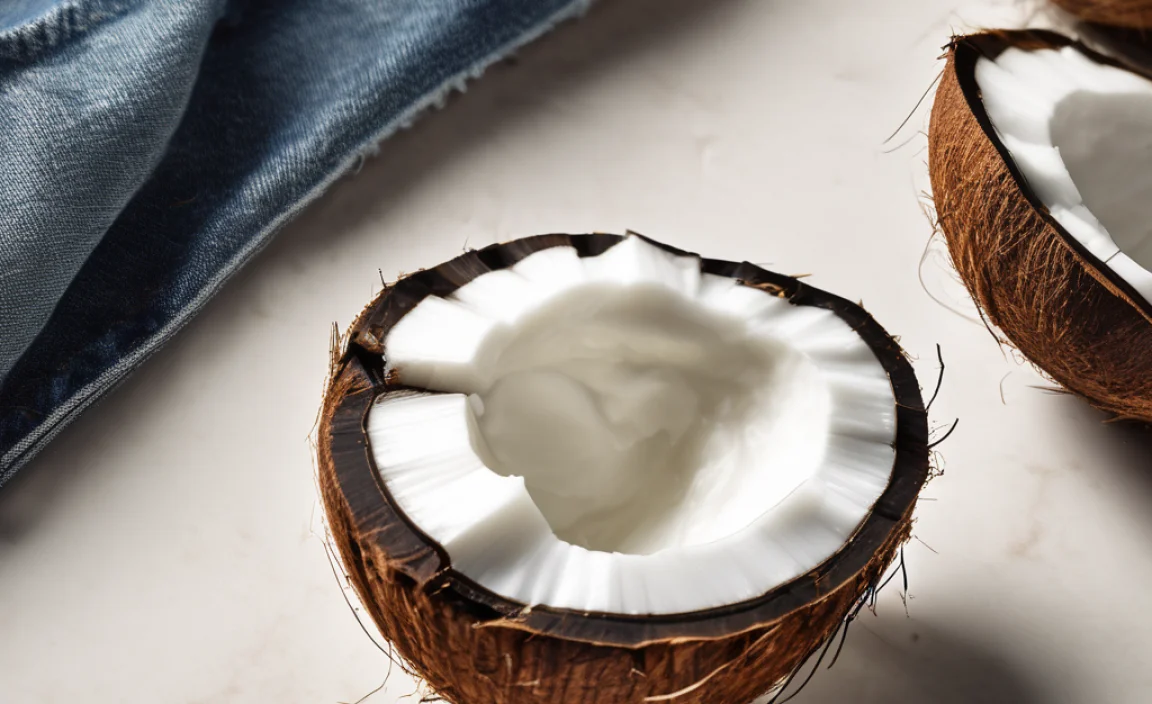
The longer a coconut oil stain sits on your jeans, the deeper it penetrates the fabric and the harder it becomes to remove. Fresh stains are much more manageable. Think of it like this: a fresh spill is like trying to wipe up spilled water, while a set-in stain is more like trying to scrub grime off a surface. Acting fast gives you the best chance of a complete disappearance of the mark.
Essential Tools You’ll Need
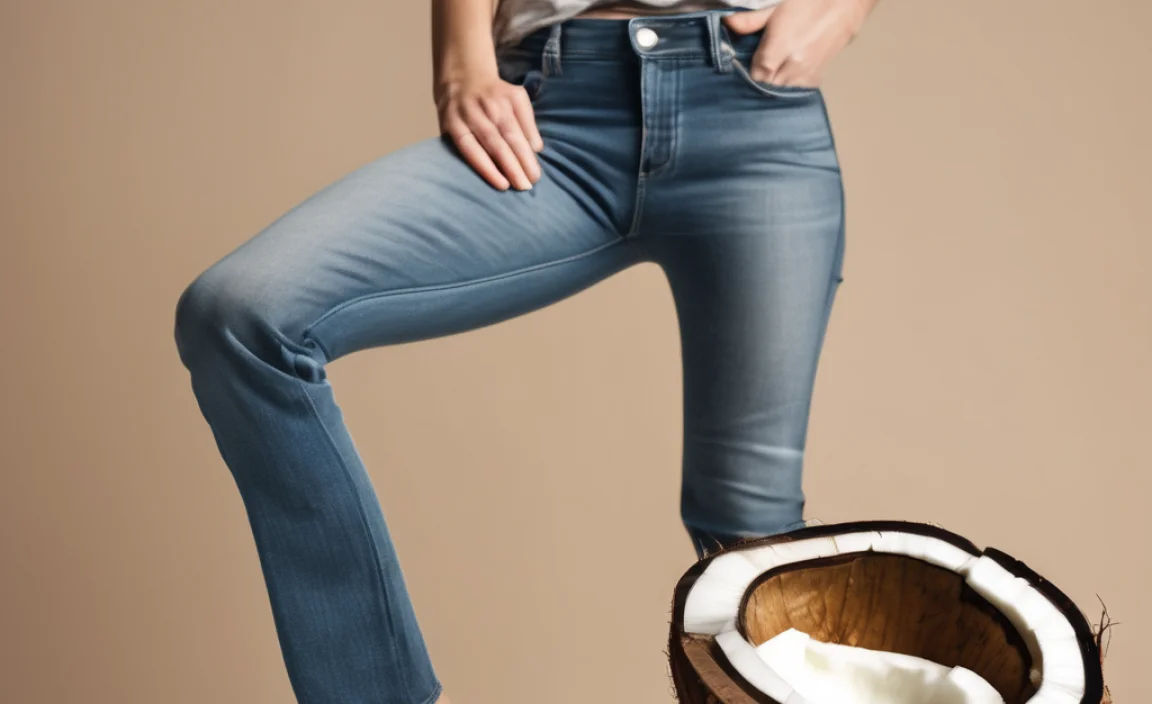
Before we start, gather these common household items. You likely already have most of them in your home, making this a convenient and cost-effective fix.
- Paper towels or clean cloths
- Cornstarch, baking soda, or talcum powder
- A soft-bristled brush (an old toothbrush works well)
- Liquid dish soap (preferably a grease-cutting formula)
- Your regular laundry detergent
- Cold water
- Optional: Stain remover spray (check if it’s safe for denim)
Step-by-Step Guide to Removing Coconut Oil Stains
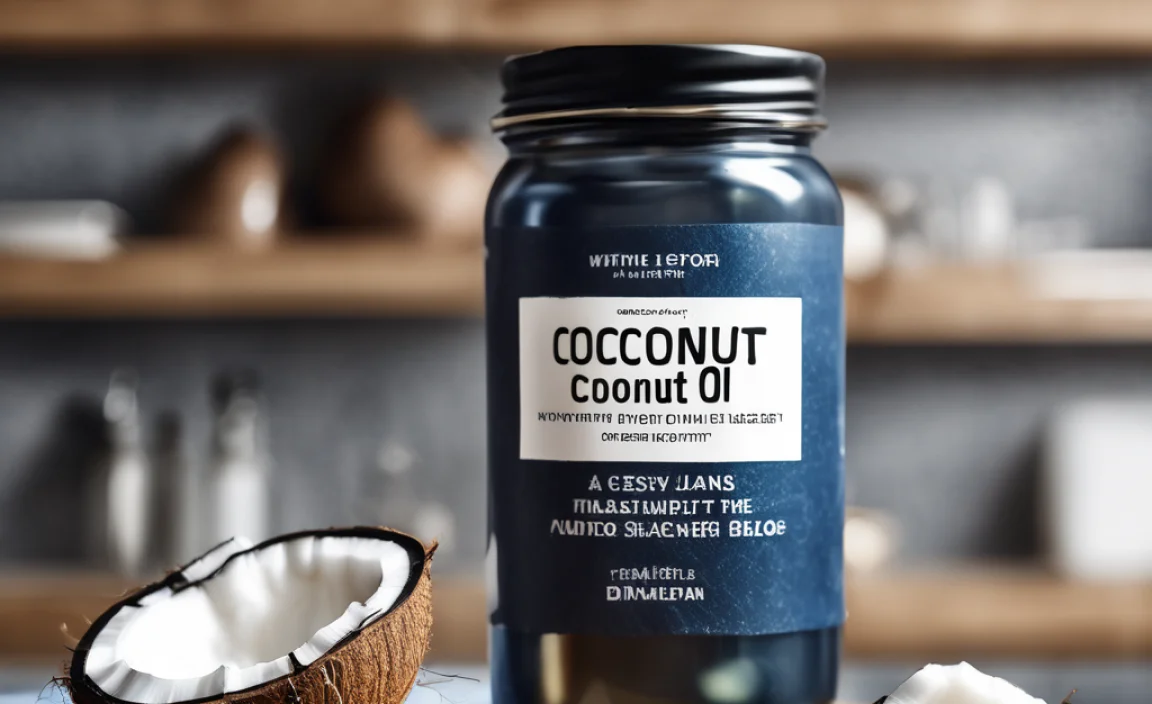
Follow these steps carefully to gently lift the coconut oil stain from your jeans. Remember, patience is important.
Step 1: Blot Away Excess Oil
As soon as you notice the stain, grab a clean paper towel or cloth. Gently blot the affected area. Do not rub, as this can push the oil further into the fabric. The goal here is to absorb as much of the surface oil as possible.
Step 2: Apply an Absorbent Powder
Generously cover the entire stained area with an absorbent powder like cornstarch, baking soda, or talcum powder. You want a thick layer that completely hides the stain. These powders are excellent at drawing out oils. Let the powder sit on the stain for at least 30 minutes, or even a few hours for tougher stains. The powder will clump and change color as it absorbs the oil. You can even let it sit overnight if the stain is stubborn and you’re treating it during the day.
Step 3: Brush Away the Powder
Once the powder has had time to work, use your soft-bristled brush to gently sweep it away. You should see that the powder has absorbed a significant amount of the oil, and the stain may already be less visible.
Step 4: Pre-Treat with Dish Soap
Now, it’s time to tackle the remaining oil residue. Apply a small amount of liquid dish soap directly to the stained area. Dish soap is designed to cut through grease, which is exactly what coconut oil is. Gently work the soap into the fabric with your fingers or the soft brush. Let it sit for about 5 to 10 minutes.
Step 5: Rinse with Cold Water
Rinse the pre-treated area thoroughly with cold water. You should see the stain continuing to fade. Make sure to rinse from the back of the fabric to push the stain out rather than further in.
Step 6: Launder as Usual (with a Caveat)
Wash your jeans in your washing machine using your regular laundry detergent and the coldest water setting. It’s crucial to use cold water because hot water can set oil stains, making them permanent. Check the care label on your jeans to ensure you’re following the manufacturer’s recommendations.
Step 7: Inspect Before Drying
This is a critical step! Before you put your jeans in the dryer, check the stained area carefully. If the stain is still visible, do NOT put them in the dryer. The heat from the dryer will set the stain permanently. If the stain remains, repeat steps 2 through 6. You might need to try a commercial stain remover designed for grease if the stain is particularly persistent. For instance, a product like an enzyme-based stain remover can be very effective on organic stains.
Step 8: Air Dry or Tumble Dry on Low
Once you are absolutely certain the stain is gone, you can air dry your jeans or tumble dry them on a low heat setting. Air drying is always the safest bet, especially if you’re unsure if the stain is completely out.
Dealing with Specific Jean Types
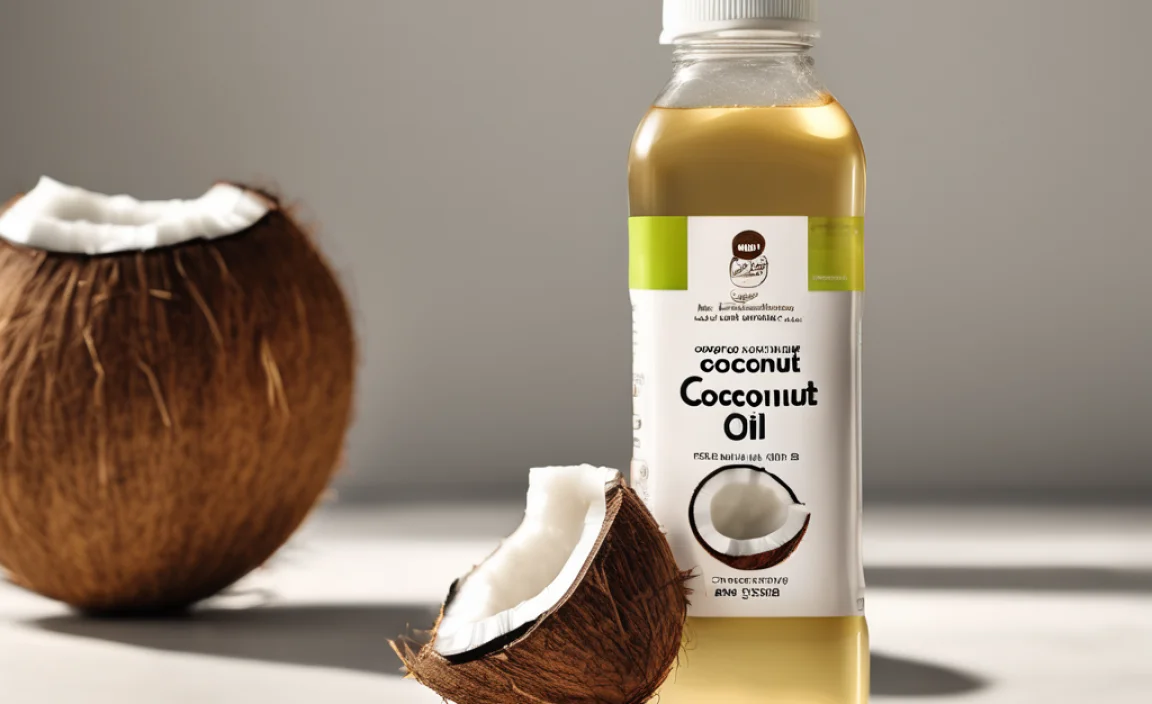
While this method is generally safe for most denim, here are a few considerations for different jean types:
Light Wash Jeans
This is where coconut oil stains can be most visible. The absorbent powder and dish soap method is particularly effective here because it lifts the oil without causing discoloration. Always check for any lingering marks before drying.
Dark Wash or Black Jeans
Coconut oil stains might appear as lighter spots on dark denim. The goal is to remove the oil without leaving a residue or pale mark from the cleaning agents. The steps above work well, but be extra vigilant in ensuring no powder or soap residue is left behind after washing.
Colored or Patterned Jeans
Always test any cleaning agent (even dish soap) on an inconspicuous area of the jeans first, like an inside seam, to ensure it doesn’t affect the color or pattern. The general method should be safe, but a spot test is a good precaution.
Troubleshooting Stubborn Stains
If the stain persists after a couple of attempts, consider these options:
- Enzyme-based Stain Removers: Products containing enzymes are excellent at breaking down organic materials like oils. Look for a stain remover specifically designed for grease and oil stains. Follow the product’s instructions carefully.
- Rubbing Alcohol: For very stubborn spots, a small amount of rubbing alcohol on a cotton ball can help break down the oil. Test this on an inside seam first, as it can sometimes affect dye. Blot gently, then proceed with the dish soap treatment.
- Professional Dry Cleaning: If your jeans are particularly delicate or the stain is large and set-in, a professional cleaner might be your best option. Inform them about the type of stain (coconut oil).
For more information on stain removal from various fabrics, the Penn State Extension offers comprehensive resources.
Preventing Future Oil Stains
Prevention is always better than cure. When using coconut oil for beauty treatments or cooking, be mindful of your clothing.
- Wear an old t-shirt or a dedicated smock when applying hair masks or oils near your head.
- Cover your clothes with an apron when cooking with oils.
- Keep lotions and oils away from your lap when seated, especially if wearing lighter colored denim.
- Wipe up spills immediately.
Understanding Fabric Care and Oil
The type of fabric your jeans are made from can influence how easily a stain is removed. Most jeans are made of cotton or a cotton blend. Cotton fibers are absorbent, which is why oil can penetrate them. However, they are also durable enough to withstand the basic washing and pre-treatment methods described. Synthetic blends might behave slightly differently, but the principle of breaking down the oil remains the same.
According to the Purdue University Extension, understanding the fabric content is the first step in effective garment care, and denim’s natural absorbency is why oil stains are a concern.
Comparing Cleaning Methods
Here’s a quick look at why our chosen method is effective and some alternatives:
| Method | Pros | Cons | Best For |
|---|---|---|---|
| Absorbent Powder + Dish Soap | Simple, uses common items, effective on grease, gentle on fabric. | Requires prompt attention, multiple steps. | Most common coconut oil stains on various denim types. |
| Commercial Stain Remover | Can be very effective, especially enzyme-based ones. | May require purchase, some can be harsh if not used correctly, always spot test. | Stubborn or older stains. |
| Rubbing Alcohol | Good at breaking down oils. | Can potentially affect dye or fabric, use sparingly and spot test. | Tough, localized spots as a last resort before professional cleaning. |
| Hot Water Wash | Seems like it would work, common first instinct. | Sets oil stains, making them permanent. | Never for oil stains. |
Frequently Asked Questions (FAQ)
Q1: How quickly do I need to treat a coconut oil stain?
A1: The sooner, the better! Fresh stains are much easier to remove completely than ones that have sat for hours or days.
Q2: Will cornstarch damage my jeans?
A2: No, cornstarch is a gentle, natural absorbent. It won’t harm your denim fibers when used as directed.
Q3: Can I use the same method for olive oil or other cooking oils?
A3: Yes, this method is generally effective for most oil-based stains because it targets the greasy component. Always use cold water and check before drying.
Q4: My stain is still there after washing. What should I do?
A4: Do not put the jeans in the dryer. Repeat the treatment steps. You may need to try a commercial stain remover specifically designed for grease or oil, or consider professional cleaning for persistent spots.
Q5: Is it safe to use dish soap on colored jeans?
A5: Most dish soaps are designed to be gentle. However, to be safe, always test the dish soap on an inconspicuous area of the jeans first to ensure it doesn’t affect the color.
Q6: Why cold water and not hot water for oil stains?
A6: Hot water can cause oil stains to bond with the fabric fibers, making them much harder, if not impossible, to remove. Cold water helps to break up and lift the oil without setting it.
Conclusion
Dealing with a coconut oil stain on your favorite jeans doesn’t have to be a fashion emergency. By following these practical steps, utilizing common household items like cornstarch and dish soap, and acting promptly, you can effectively remove these greasy marks. Remember to always blot first, absorb thoroughly, pre-treat with a degreaser, wash in cold water, and inspect before drying. With a little care and attention, your jeans will be back to their stylish best, stain-free and ready for you to wear with confidence. Happy cleaning!


